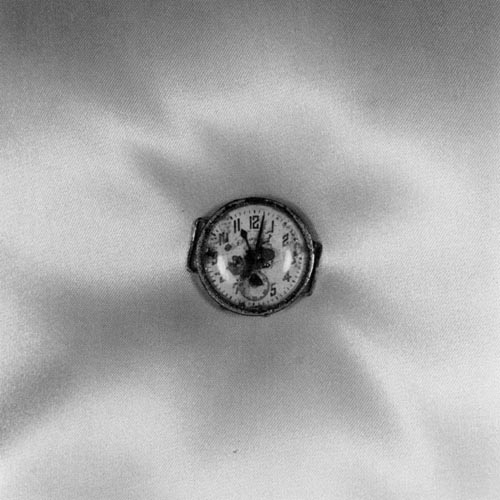 I posted last week about the bombing of Hiroshima on 6 August 1945. A second A-bomb was dropped on Nagasaki three days later, on 9 August 1945. This second atomic bombing seems almost more incomprehensible than the first: the idea that horror on this scale could be repeated just three days later.
I posted last week about the bombing of Hiroshima on 6 August 1945. A second A-bomb was dropped on Nagasaki three days later, on 9 August 1945. This second atomic bombing seems almost more incomprehensible than the first: the idea that horror on this scale could be repeated just three days later.
Shomei Tomatsu photographed Nagasaki in 1961 for the Japan Council Against Atomic and Hydrogen Bombs, producing his first monograph, 11:02 Nagasaki (Tokyo: Shashindojin-sha, 1966). About the experience of photographing Nagasaki he wrote:
"Time has passed in the outside world since it stopped for Nagasaki at two minutes past eleven on August the ninth, sixteen years ago but every victim who has died since acts as a link to join that moment with the present. During the last sixteen years, large numbers of people have died in Nagasaki quietly every year. What I saw in Nagasaki was not merely the scars of war, it was a place where the post-war period had never ended. I thought that the term ruins only referred to the devastated forms of cities, but Nagasaki taught me that it could also be applied to human beings."